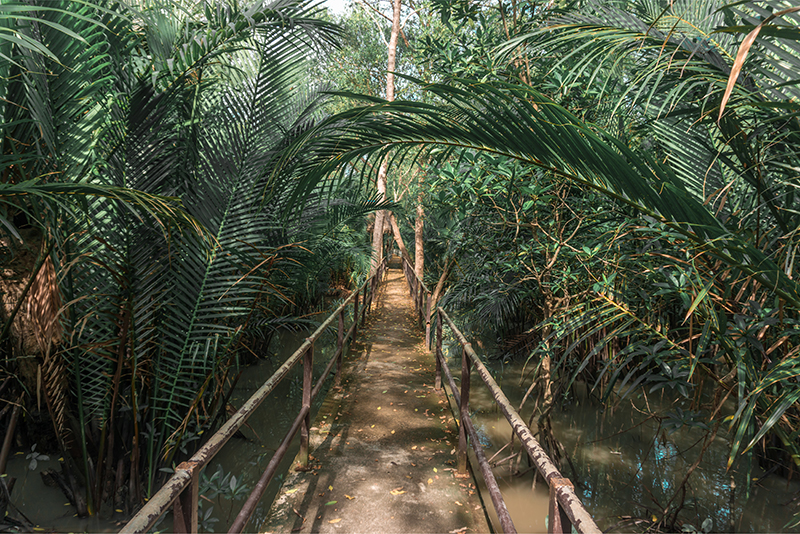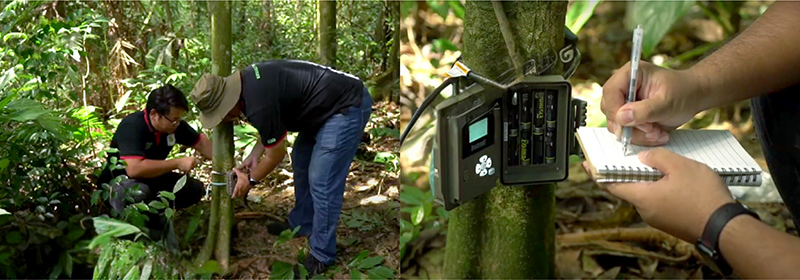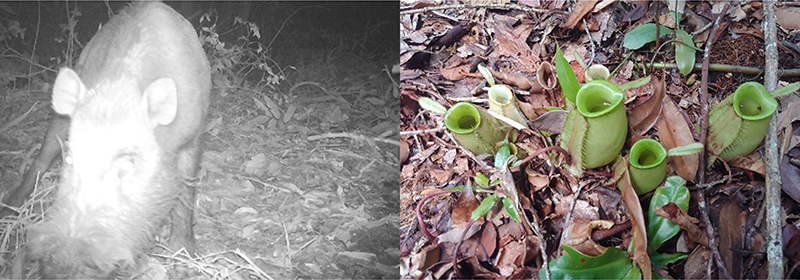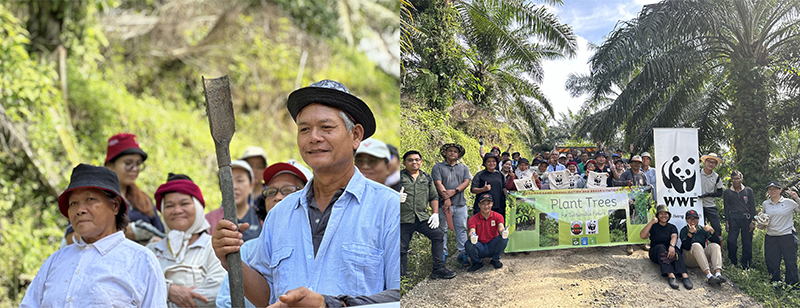SALCRA Safeguards Diversity through HCV Assessments
SALCRA is committed to adopting sustainability practices and has introduced another initiative, the High Conservation Value (HCV) Assessment, to identify and protect significant environmental areas that align with the MSPO Certification requirements.

THE Sarawak Land Consolidation and Rehabilitation Authority (SALCRA) is a statutory body dedicated to transforming idle Native Customary Rights (NCR) land into productive oil palm plantations to improve the landowners’ socioeconomic status. As of 30th September 2024, SALCRA manages 20 estates covering over 55,000 hectares, benefitting more than 20,000 landowners across 400 longhouses and villages in Sarawak.
In addition to its commitment to economic development, SALCRA has recognised the growing need for environmental preservation. Since 2010, the Authority has incorporated sustainable practices into its operations, aiming to reduce carbon emissions, conserve water resources, promote biodiversity, and enhance soil health, ensuring a balance between progress and environmental stewardship for future generations.

Camera trapping installation, a part of the biodiversity assessment activity.
What is HCV?
One of SALCRA’s key initiatives in this sustainability approach is the High Conservation Value (HCV) Assessment, which is crucial in identifying and protecting areas of significant ecological, social, or cultural importance. This initiative aligns with the requirements of Malaysian Sustainable Palm Oil (MSPO) Certification (MS2530:2022). To date, SALCRA has conducted three (3) HCV assessments.
HCV Process/Steps
So, how are these assessments conducted? The process begins with a comprehensive review of existing data and literature to understand the area’s ecological and cultural features. However, this relies not solely on historical information; field surveys are also conducted to gather fresh data on biodiversity, habitat conditions, and other crucial indicators.

SALCRA officers engaging the local communities.
The second component of the assessment is local community engagement. How is the HCV concept introduced to the residents? Through interactive presentations, videos, and demonstrations, the residents are encouraged to share their invaluable local knowledge. Their insights are crucial to help navigate the significant area and ensure precise data collection.
The third component of the assessment is further enriched through expert collaborations. For example, the Malaysian Palm Oil Board (MPOB) provides essential data from bird and insect surveys. At the same time, Universiti Malaysia Sarawak (UNIMAS) uses trail cameras to monitor wildlife around the oil palm concession.
The World Wildlife Fund (WWF-Malaysia) has also been giving support by providing training related to HCV. These expert collaborations enhance knowledge transfer and provide better preparation for the implementation of the HCV assessment.
The HCV assessment supports effective conservation and sustainable practices by combining insights from local communities with scientific expertise. This approach ensures a comprehensive and impactful evaluation, balancing today’s needs with environmental conservation.

A wild boar and pitcher plant (an endangered plant species in Malaysia) seen during the biodiversity assessment activity.
Key Finding and Impacts
The assessment identified a significant presence of wildlife adjacent to the oil palm concession, highlighting the need for targeted conservation efforts. This shows that the findings gained from the HCV assessment are significant in shaping SALCRA’s conservation strategies. For example, an immediate action that has been taken is the rehabilitation of the Riparian Zone through an extensive tree-planting programme.
In June 2024, SALCRA collaborated with WWF Malaysia and the local community of Stengin, Lubok Antu, to conduct a second tree planting programme at the Lemanak Oil Palm Estate, and more than 900 fruit trees and timber trees were planted during the two-day programme. Recognising the increasing need for Riparian Zone rehabilitation, SALCRA is committed to extending the programme to all estates.

The second tree planting programme, in collaboration with WWF Malaysia and the local community of Rh. Stengin.
These initiatives help effectively meet urgent environmental needs. By integrating these findings into the broader conservation framework, SALCRA aims to enhance ecosystem resilience, safeguard cultural heritage, and promote sustainable practices.




